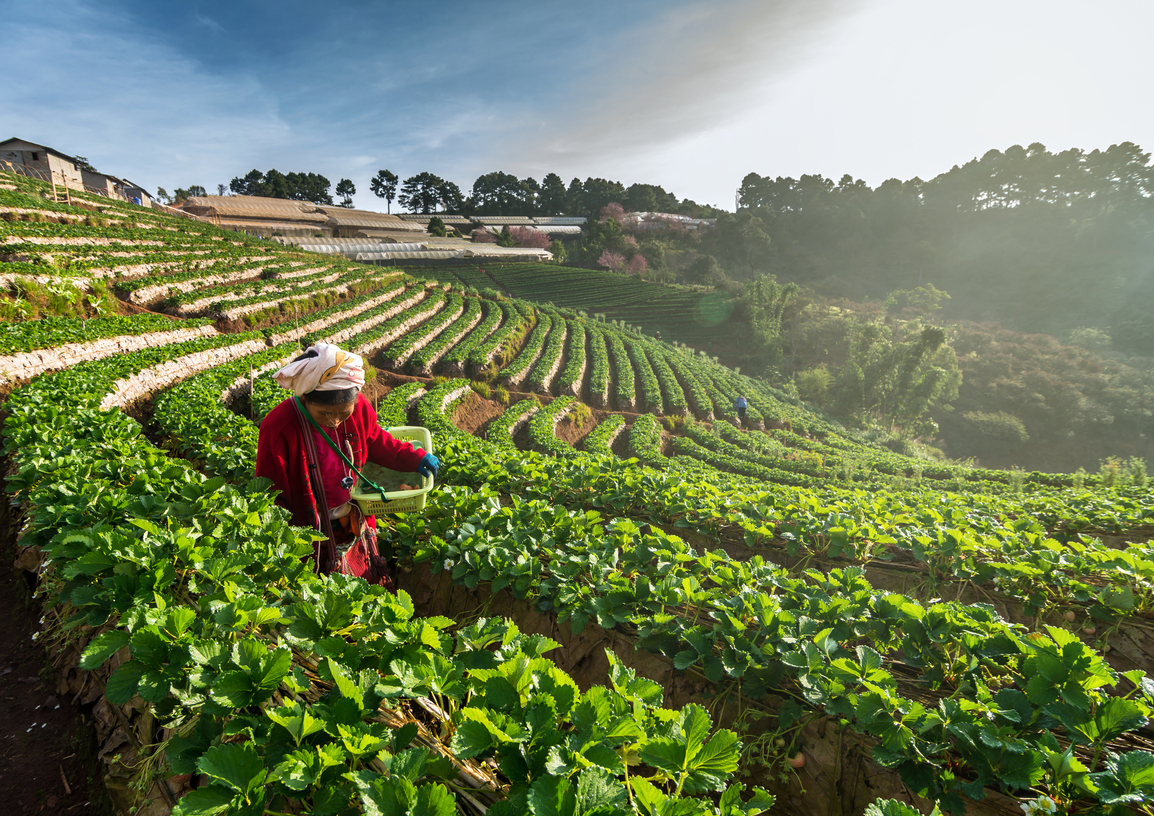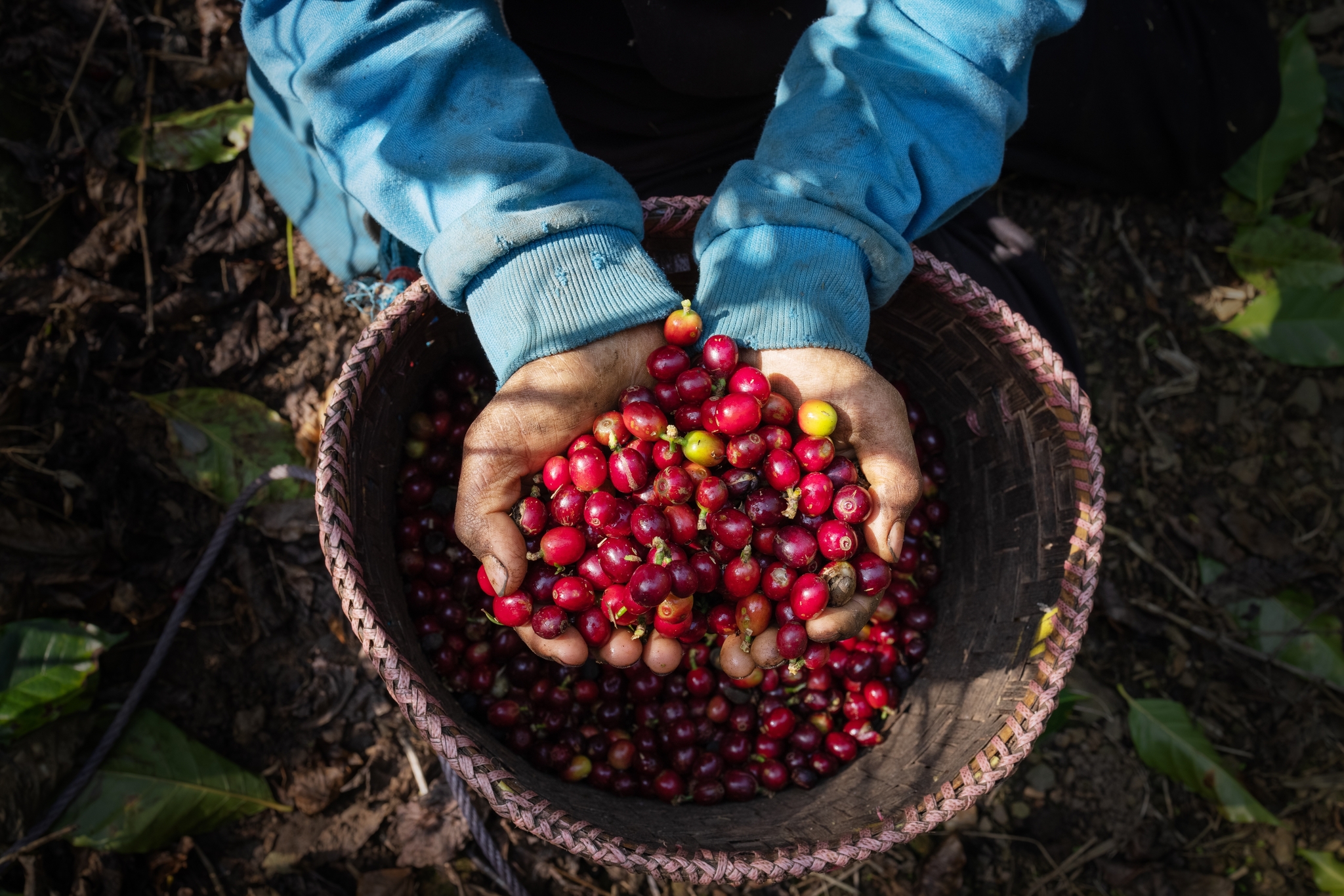Insights
What is a Tradable Commodity? A Complete Guide
Dresyamaya Fiona
•
2 minutes
MemBaca
•
Aug 6, 2025
A tradable commodity is a standardized good or raw product that can be bought, sold, or exchanged in large quantities across international markets.

In today’s interconnected economy, a tradable commodity plays a significant role in global trade, finance, and industry. These are goods that are bought and sold on international markets, helping shape the prices of essential materials we use every day. But what is a tradable commodity, and how does it relate to raw materials?
This article explains the fundamentals of tradable commodities, categorization, and the importance of raw materials in this ecosystem.
What Is a Tradable Commodity?
A tradable commodity is a standardized good or raw product that can be bought, sold, or exchanged in large quantities across international markets. These commodities are often used as building blocks for other products or services and have globally recognized standards in terms of quality and grade.
The key characteristic of a tradable commodity is interchangeability. This means one unit of a commodity is essentially identical to another. For example, a barrel of crude oil or a bushel of wheat of the same grade can be traded without the need to inspect each unit individually.
Categories of Tradable Commodities
Tradable commodities typically fall into two main categories:
1. Hard Commodities
These are natural resources that are mined or extracted. Examples include:
- Crude oil
- Natural gas
- Gold and silver
- Industrial metals like copper and aluminium
2. Soft Commodities
These are agricultural or livestock products. Examples include:
- Coffee
- Sugar
- Cotton
- Wheat
- Corn
- Cattle
These commodities are traded on major commodity exchanges, including the Chicago Mercantile Exchange (CME), London Metal Exchange (LME), and Intercontinental Exchange (ICE). Global supply and demand, weather patterns, geopolitical events, and currency fluctuations influence prices.
Why Are Tradable Commodities Important?
Tradable commodities are critical for several reasons:
1. Global Trade and Economic Stability
They are a cornerstone of global trade. Countries rely on importing and exporting these materials for manufacturing, food security, and energy needs.
2. Investment and Hedging
Commodities are also investment tools. Traders and investors buy and sell them to manage risk exposure or diversify portfolios, depending on individual strategy and market conditions. This makes them essential.
3. Price Benchmarking
The transparent and standardized pricing of tradable commodities enables businesses to plan more effectively and manage their costs more efficiently. For example, manufacturers can lock in future prices of steel or oil using futures contracts.
How Are Tradable Commodities Priced?
The price of a tradable commodity is typically determined by:
- Supply and demand: A drought can increase the price of wheat, while oversupply can crash oil prices.
- Geopolitical events: Conflicts in oil-rich regions can spike energy prices.
- Currency exchange rates: Since most commodities are priced in USD, a weak dollar often increases commodity prices globally.
- Market speculation: Traders’ expectations can influence short-term pricing.
Tradable vs. Non-Tradable Commodities
Tradable commodities are goods that can be bought and sold in global markets due to their standardized nature, ease of transportation, and established international pricing. Examples include coffee, crude oil, and gold. These commodities are often traded through futures contracts and play a key role in international trade and investment strategies.
In contrast, non-tradable commodities are typically consumed locally and cannot be efficiently exported or imported; they include services or infrastructure-based goods such as electricity, water supply, or public transport. Unlike tradable commodities, non-tradable goods are priced based on domestic supply and demand and are not commonly exchanged through global financial instruments.
Conclusion
So, what is a tradable commodity? It’s a globally standardized raw material that can be exchanged freely across markets, used in production, investment, and trade. Many tradable commodities, such as oil, metals, and agricultural goods, are also raw materials, forming the backbone of economies and industries.
Understanding the relationship between tradable commodities and raw materials is essential for investors, manufacturers, and policymakers alike. Whether you’re trading futures, managing supply chains, or simply trying to grasp global economics, keeping an eye on commodity markets offers valuable insight into the world around you.





